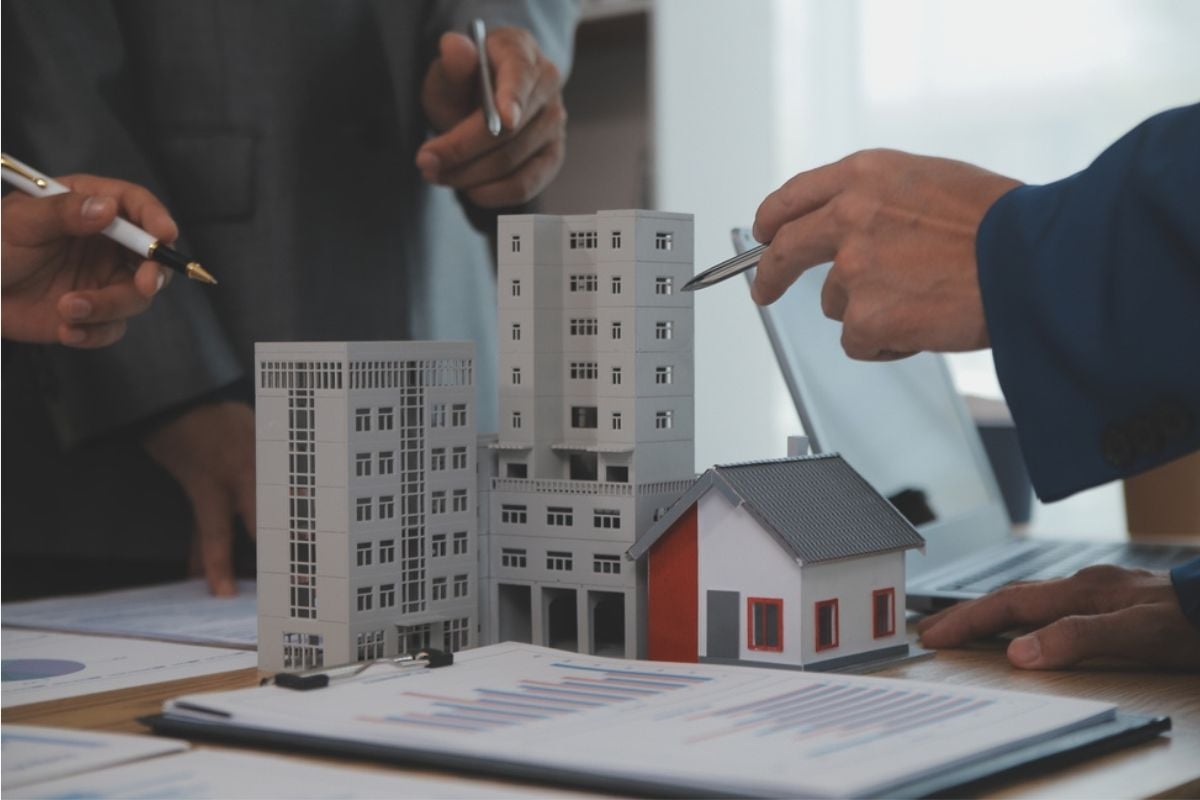
Mortgage rates are the single biggest lever pulling buyers in or pushing them away, and when they hit certain levels, the market feels it almost overnight. While a small bump here or there doesn’t send people running, there are thresholds where even confident buyers start questioning if now is the right time to commit.
These “deal-killer” rates don’t just price buyers out; they destroy the psychology of demand, shrinking affordability and shaking confidence at the same time. Here are the 23 mortgage rate scenarios experts say are the fastest demand killers, counting down from the most insidious to the absolute worst.
23. Post-Buydown Reversion Back To 8%+
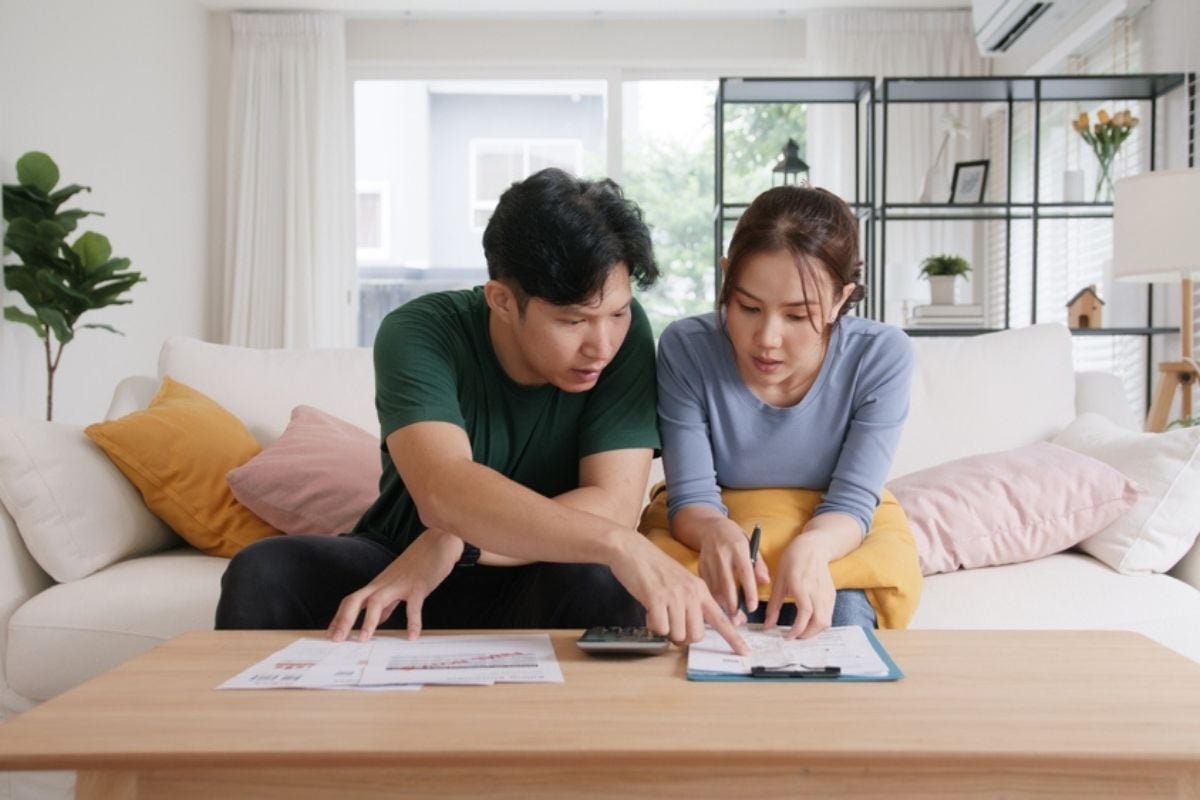
Temporary buydowns have been a popular way for sellers and builders to make loans look affordable, but when that rate reverts back to north of 8%, the shock can be devastating.
Buyers quickly realize the low payment they budgeted for was only smoke and mirrors, leaving them scrambling to cover a permanent, sky-high cost. This creates distrust in the market, as people begin to question whether sellers and lenders are dangling short-term deals just to trap them.
It doesn’t just scare the buyer—it poisons word-of-mouth confidence for everyone else watching.
22. FHA Effective APR Above 8%

FHA loans are meant to be the affordability safety net, so when the effective APR with insurance premiums jumps above 8%, the very buyers this program serves get locked out. The monthly payment difference isn’t just inconvenient—it’s often the deal-breaker between renting and owning.
Lenders can argue that FHA loans remain accessible, but the psychological effect of crossing that 8% threshold undermines the program’s entire purpose. Buyers who once thought FHA would be their lifeline instead see it as an anchor dragging them under.
21. Rate Shock: +150 bps In 60 Days

Even if the absolute rate isn’t terrifying on paper, the pace of change is what rattles buyers the most. A 1.5% increase over just two months can make homes feel like they’re sprinting out of reach in real time. Buyers who once felt confident suddenly see their pre-approvals slashed, killing demand faster than an already-high fixed rate. Momentum matters, and when rates spike this quickly, it tells would-be homeowners to slam the brakes.
20. APR Exceeds 10-Year Treasury By 300 bps

Buyers may not track bond yields daily, but the spread between mortgage rates and the 10-year Treasury is one of the clearest market signals. When that spread stretches beyond 300 basis points, the perception is that something’s structurally wrong with mortgage pricing.
It makes buyers feel like they’re being penalized unfairly, even if they don’t fully grasp the math. That frustration can push people to walk away, convinced that waiting is smarter than playing against an uneven market.
19. HELOC Second-Lien Rates Above 10%
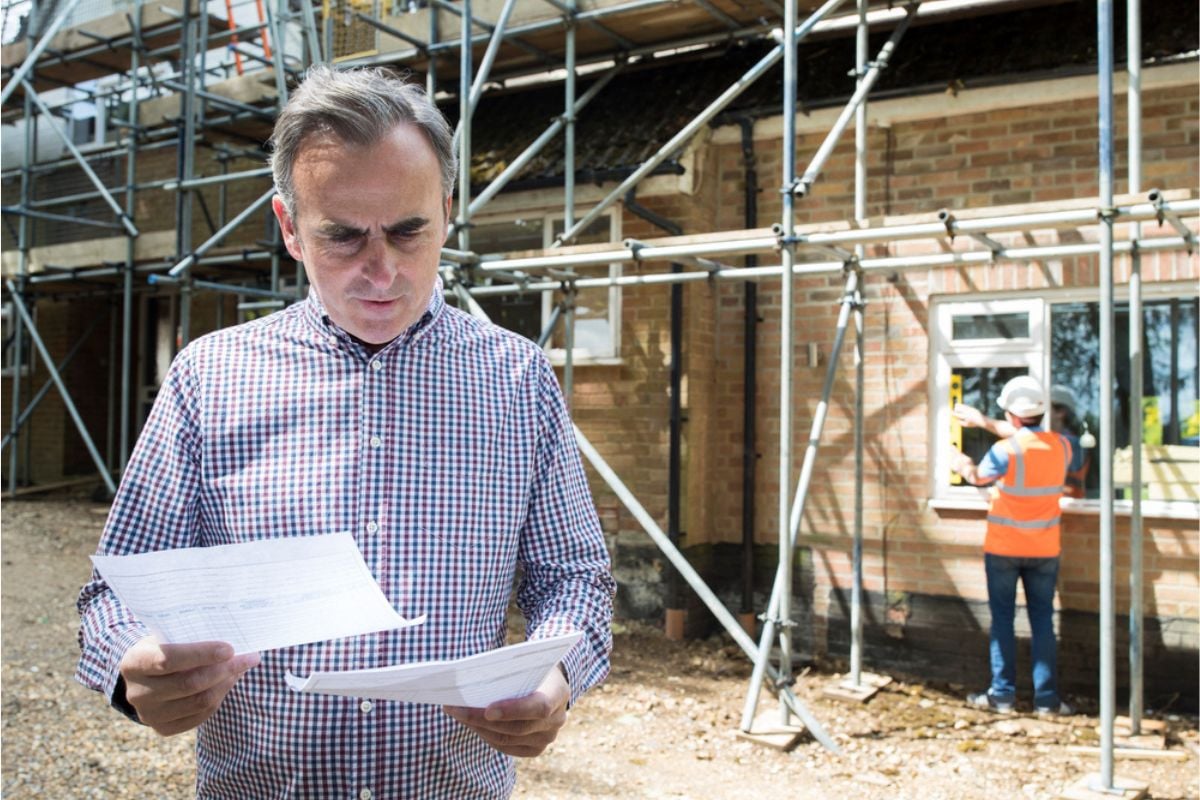
Home equity lines of credit used to be the go-to for covering renovations or funding second homes, but once rates climb into double digits, they lose all appeal. Borrowers see them less as financial tools and more as expensive traps with variable payments. High HELOC rates also scare off move-up buyers who depend on tapping equity for down payments. When that back door slams shut, demand on the front end cools quickly.
18. Piggyback 80-10-10 Blended 9%+

Piggyback loans have historically been a creative way to avoid private mortgage insurance, but when the second-lien portion comes in at 9% or more, the math collapses. Instead of saving money, buyers face a blended rate that looks worse than a single conventional loan.
This makes one of the last affordability strategies off the table, narrowing options for buyers already stretched thin. The result is fewer contracts written and more would-be owners choosing to wait it out.
17. Interest-Only Jumbo Rates At 9%+
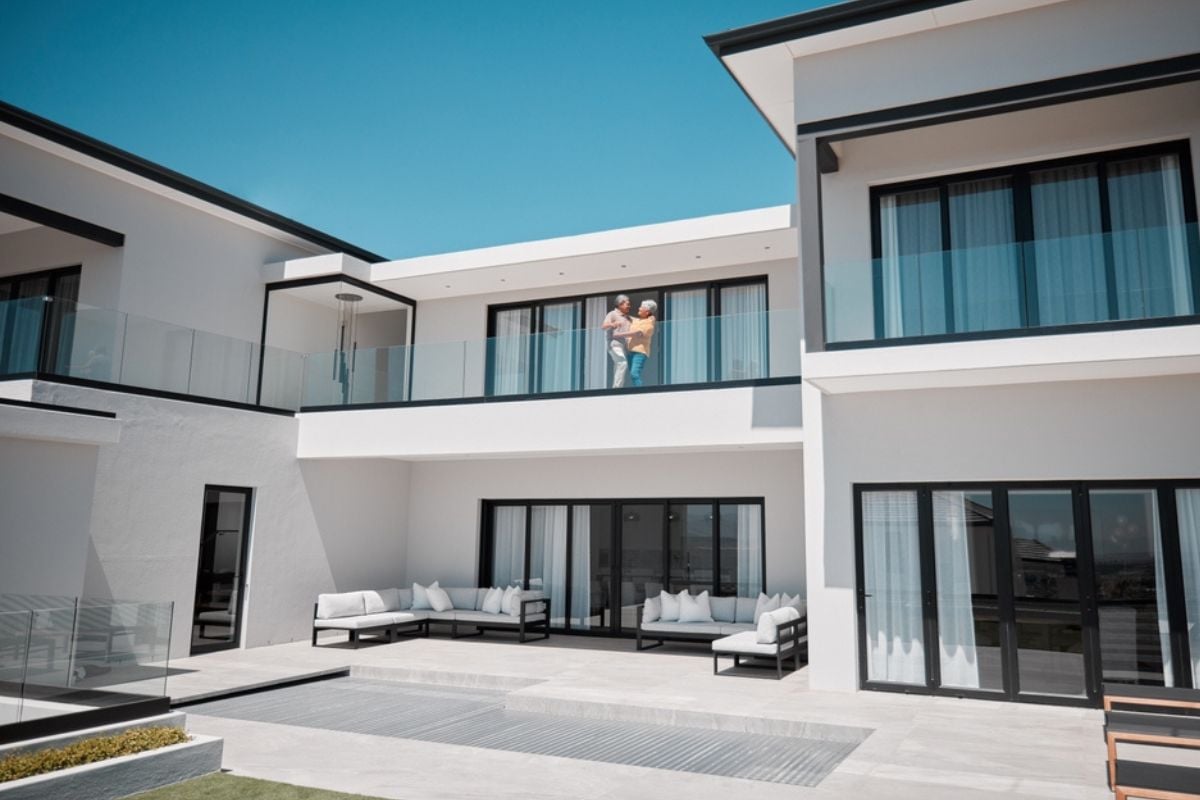
Interest-only jumbo loans often attract high-net-worth buyers, but at 9% or more, even deep pockets start to balk. The allure of a flexible, lower initial payment disappears when it feels like throwing money into a black hole. Luxury buyers may still have the cash, but they don’t like overpaying for debt any more than the average household. At these levels, demand for trophy homes takes a noticeable dip.
16. Manufactured Home Chattel Loans 12%+

Manufactured homes are supposed to represent affordability, but chattel loans above 12% erase that promise entirely. The payments can rival traditional mortgages on site-built homes, leaving buyers wondering what the point of manufactured housing even is.
Since many buyers in this category are already budget-sensitive, high rates simply push them out of ownership altogether. The impact is especially harsh in rural and working-class markets where manufactured homes dominate.
15. Non-QM Bank-Statement Loans At 10%+

Non-QM loans serve self-employed and gig workers who don’t fit conventional underwriting, but once these products cross into double-digit rates, demand falls off a cliff. What’s framed as flexibility quickly feels like punishment for not having W-2 income.
Buyers may accept paying a premium for access, but 10%+ crosses into unsustainable territory. As these rates rise, a huge swath of entrepreneurial buyers simply get cut out of the market.
14. Investor DSCR Loans At 9%+

Investor demand can keep markets humming, but when debt-service coverage ratio (DSCR) loans climb past 9%, the math on rental properties stops working. Investors need positive cash flow, and high rates eat into margins so quickly that deals no longer pencil.
This slows not only new purchases but also renovations and neighborhood revitalization projects that investors often spearhead. When investors pull back, markets feel quieter and thinner almost overnight.
13. 15-Year Fixed Pricing Above 7%

The 15-year fixed is supposed to be the safe, low-rate product for buyers willing to take on higher payments in exchange for faster equity. When it creeps above 7%, that trade-off no longer looks attractive. Buyers lose both affordability and incentive, because the shorter payoff horizon isn’t worth the monthly squeeze. This weakens demand even among financially disciplined households who normally love this option.

Adjustable-rate mortgages often lure buyers with low introductory rates, but when the teaser itself starts at 7%+, the entire pitch falls flat. Instead of looking like a smart short-term play, it feels like buying into a trap that can only get worse. Buyers don’t want to gamble when the starting line already looks like the finish line. That kills demand for one of the last “affordable” loan products on the table.
11. 7.0% With PMI Pushing APR Higher

A 7% base rate may not sound catastrophic on its own, but when private mortgage insurance gets layered in, the effective APR balloons. First-time buyers, who are already PMI’s main customers, get squeezed the hardest. Instead of bridging affordability, PMI becomes the final straw that makes renting look safer. This combination quietly knocks out a big chunk of entry-level demand.
10. 7.25% Rate With 1% Origination
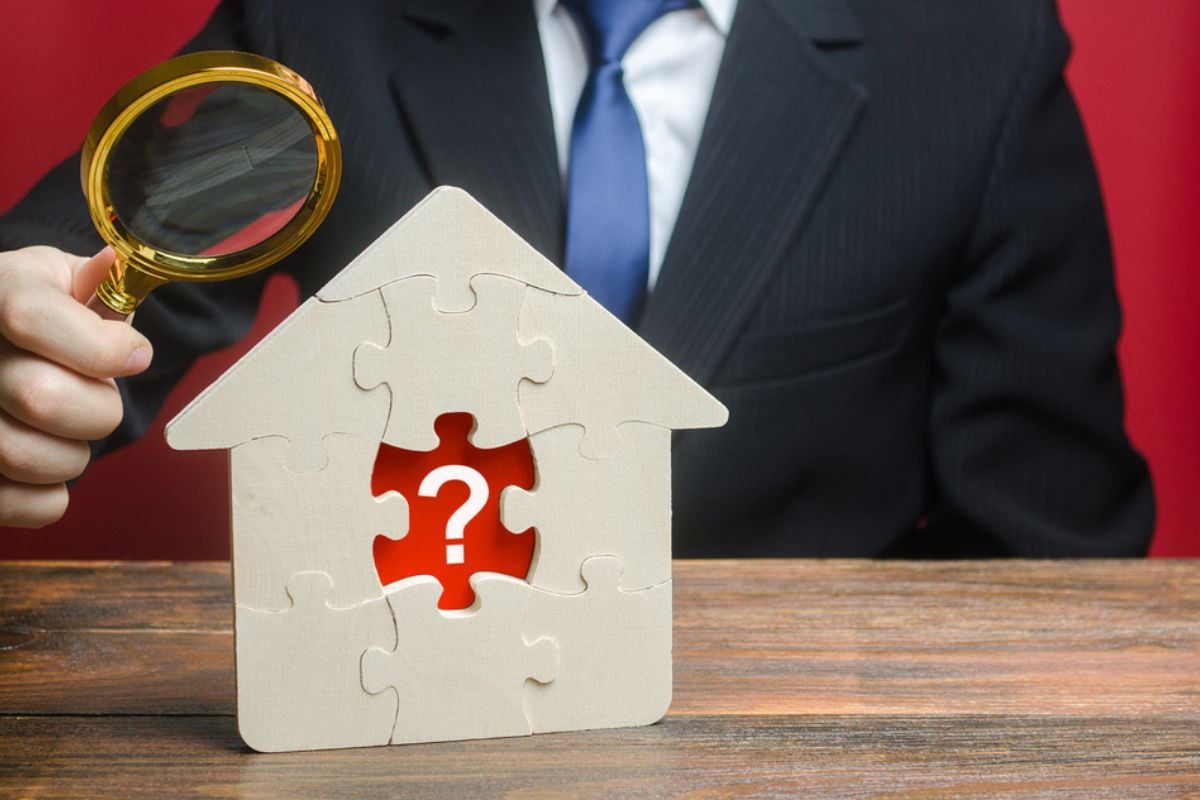
Buyers often fixate on the headline rate, but tacking on a 1% origination fee makes the cost of borrowing more painful than it first appears. The upfront hit can scare off people who have just enough saved for a down payment but little more. When affordability is already tight, these hidden add-ons create a perception of being nickeled-and-dimed. That perception is enough to drive many buyers out of the process altogether.
9. 7.5% Fixed When Prices Peak
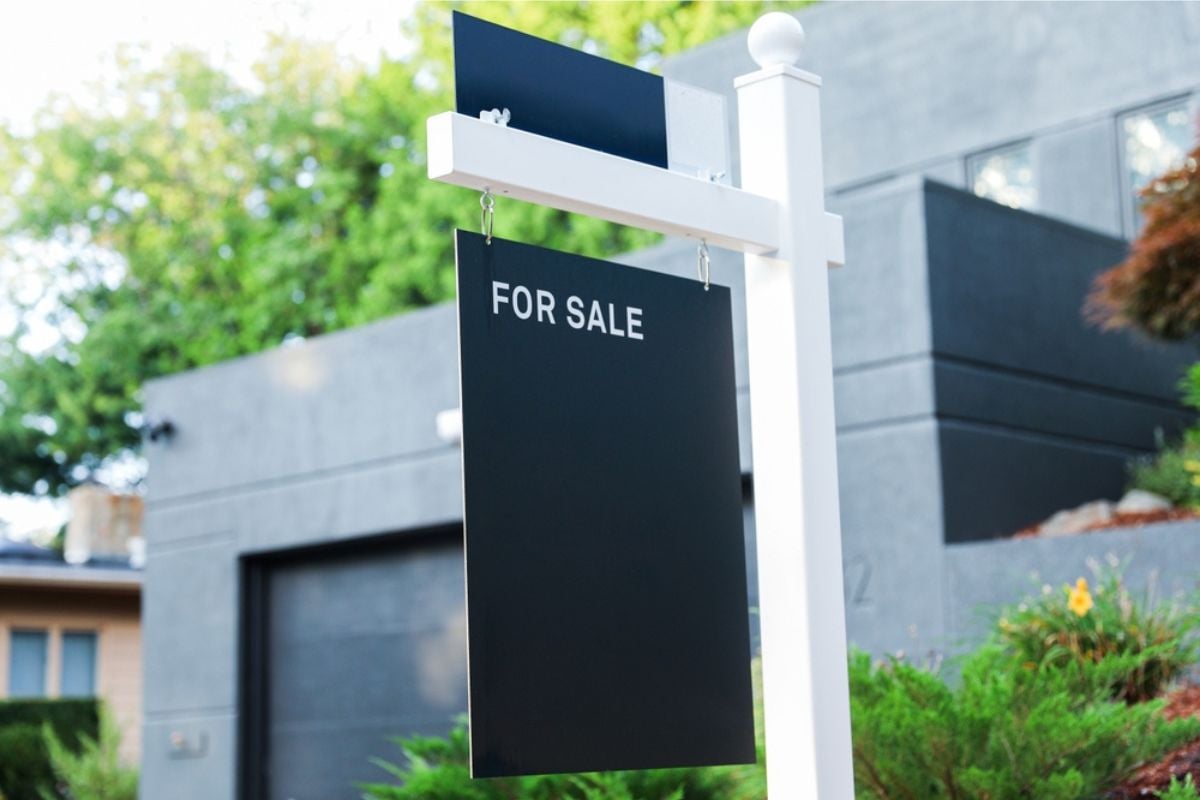
Rates don’t exist in a vacuum, and 7.5% looks especially crushing when paired with peak home prices. Buyers feel like they’re being punished twice—once by inflated values and again by inflated borrowing costs. This double whammy makes even well-qualified households back away from making offers. The timing feels all wrong, so demand takes a noticeable hit.
8. 7.75% Conforming With High LLPAs
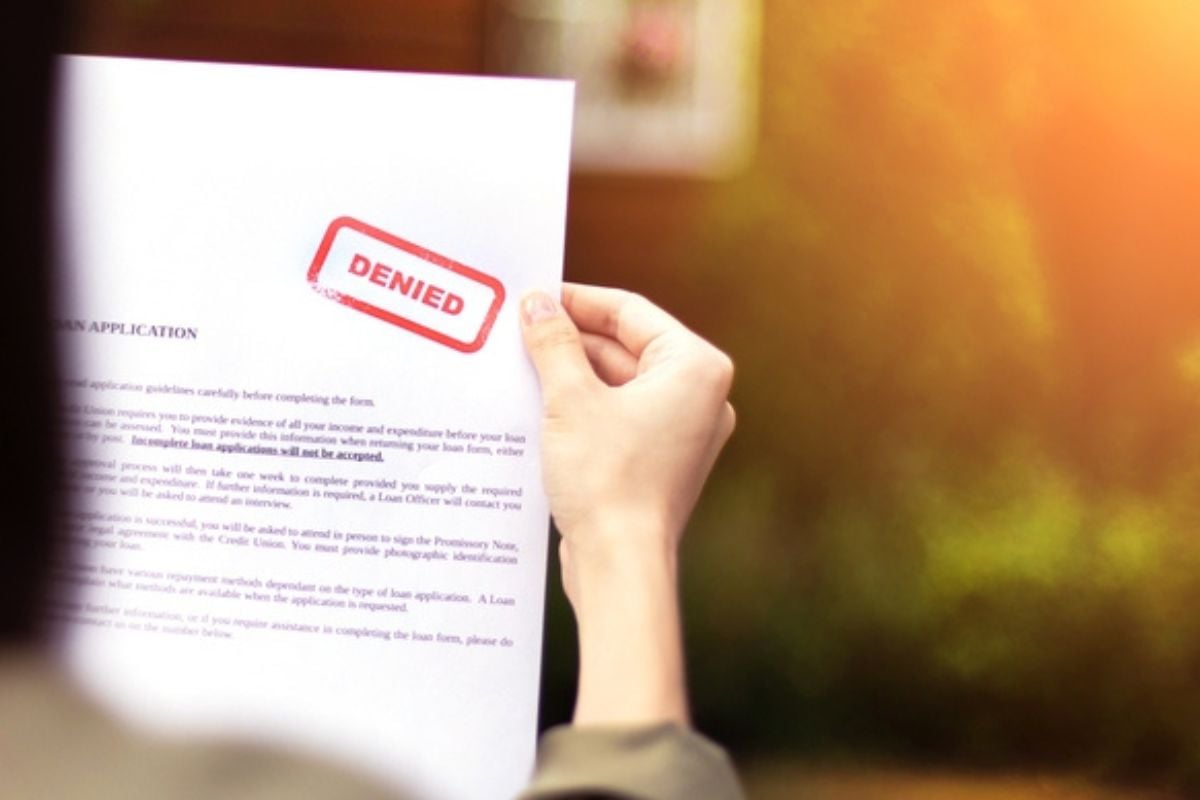
Loan-level price adjustments (LLPAs) are often invisible to the casual buyer, but when they push conforming loans into the 7.75% range, the market feels it. These surcharges penalize certain credit profiles, leaving borrowers confused and resentful. Buyers don’t like feeling punished for circumstances beyond their control, even if the explanation is technical. As a result, demand from middle-tier borrowers drops sharply.
7. 8.0% 30-Year Fixed, No Credits
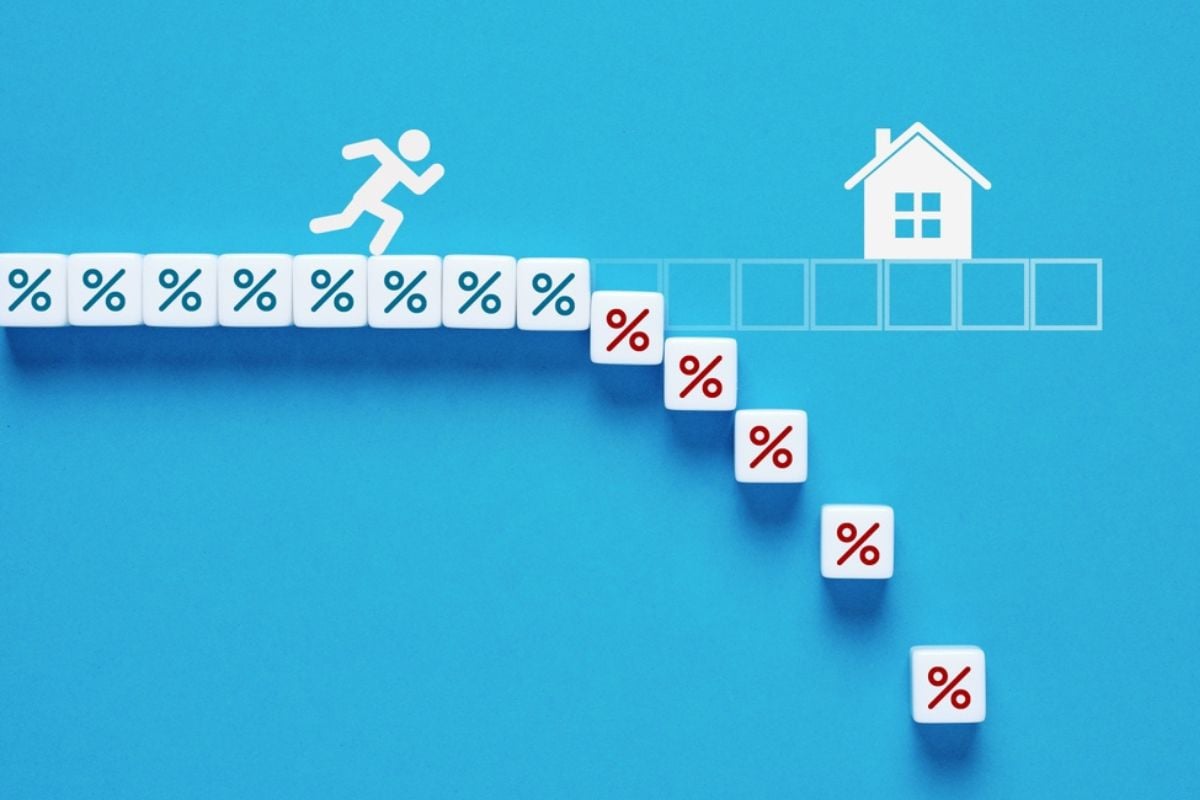
The psychological weight of an 8% flat rate on the classic 30-year mortgage cannot be overstated. Buyers may tolerate 7.5%, but once it ticks to 8%, it feels like a hard barrier. Without lender or seller credits to soften the blow, affordability collapses for a wide swath of households. This threshold is often where buyers simply stop shopping.
6. 8.25% APR After Two Discount Points
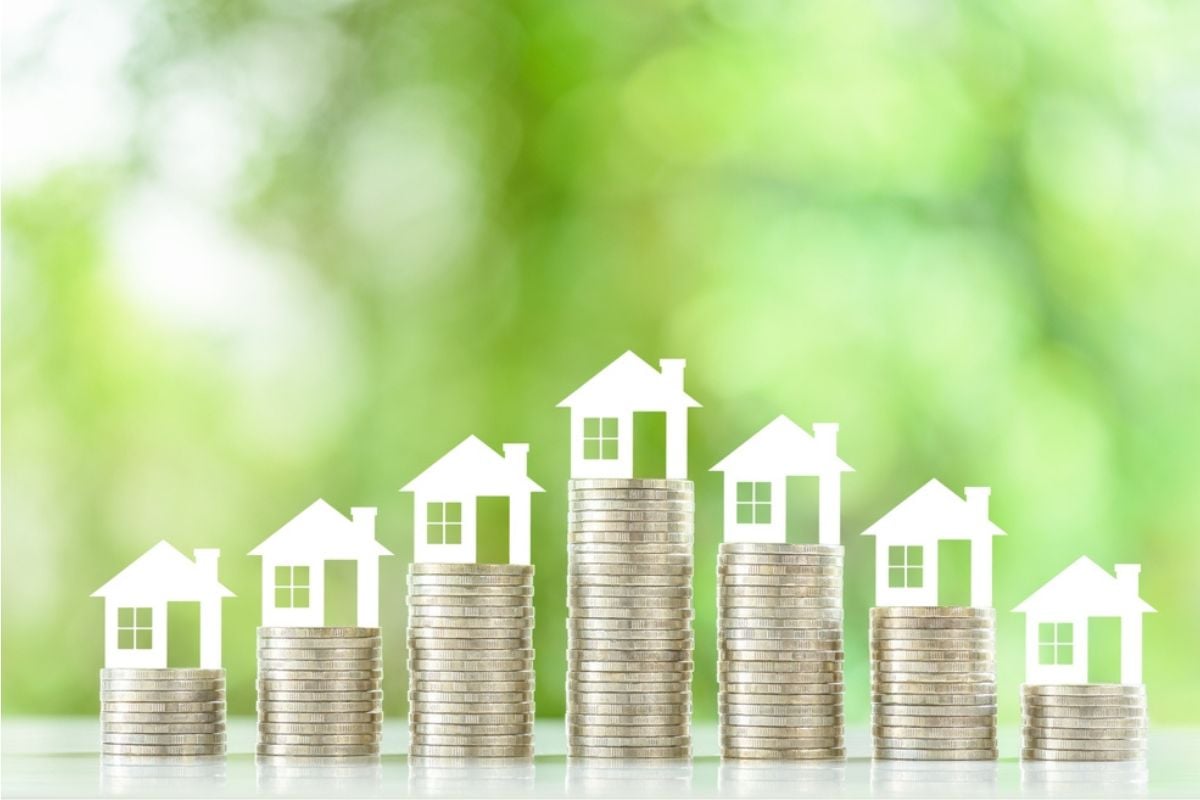
Discount points are supposed to buy the rate down, not leave borrowers with an even higher effective APR. When two points still don’t get the APR below 8.25%, buyers see little justification for the extra cash upfront. Paying extra cash upfront to achieve very little relief is deeply demoralizing. That perception drives many borrowers to walk away in frustration.
5. 8.5% Fixed Even After Buydowns

Buydowns are designed to ease affordability, but when the fixed rate after the buydown is still 8.5%, the magic wears off. Buyers quickly recognize that the “help” is only temporary relief from a permanent problem. This makes the whole structure look like smoke and mirrors rather than real assistance. The lack of lasting affordability kills confidence and demand simultaneously.
4. 8.75% Jumbo Loan Pricing
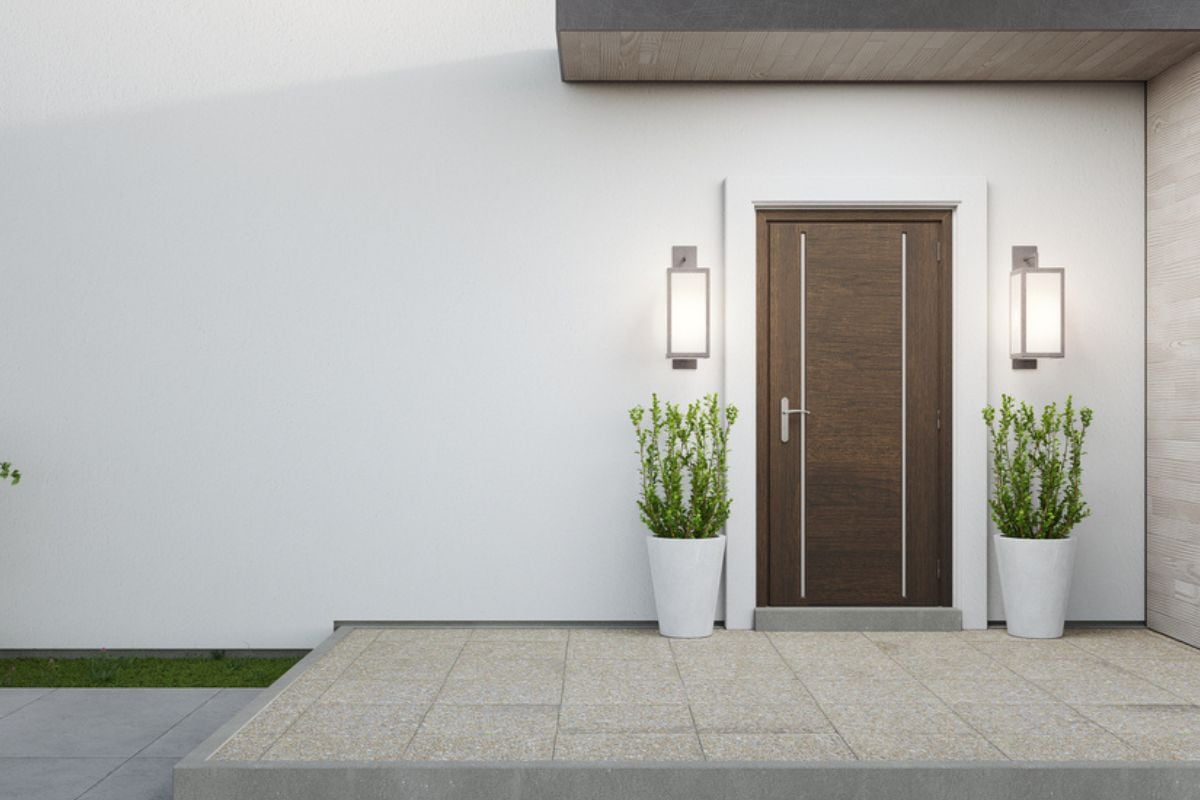
Jumbo borrowers tend to be financially savvy, but that doesn’t mean they’ll swallow an 8.75% rate. The luxury market thrives on perception as much as price, and this level of borrowing cost makes prestige purchases feel like poor investments. High-end buyers may have the means, but they rarely accept terms that make them feel like suckers. Demand for top-tier homes drops visibly when jumbos cross this line.
3. 9.0% Conventional Loan With PMI
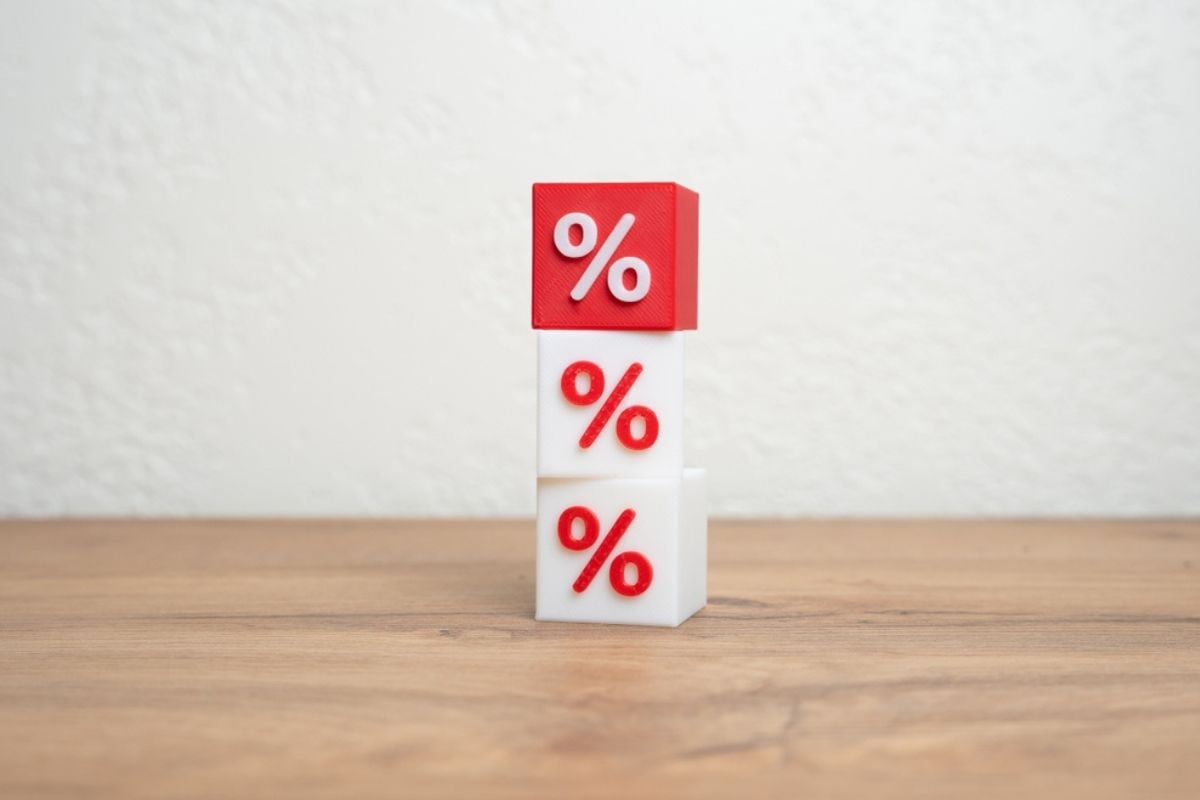
A 9% conventional loan is bad enough, but layering PMI on top is like pouring salt into the wound. First-time buyers see their effective APR soar, leaving monthly payments that no longer match their incomes. What was once a stepping stone to ownership now looks like a trap. The message buyers receive is simple: “This market isn’t for you.”
2. 9.5% Headline Rate With Zero Points

Seeing a near-double-digit headline rate with no points to offset the pain makes borrowers freeze. Even well-qualified buyers struggle to justify locking in when there’s no wiggle room or incentives. This isn’t just sticker shock—it’s an affordability crisis playing out in real time. Deals stall, contracts collapse, and open houses grow eerily quiet.
1. Double-Digit 30-Year Fixed (10%+)

Crossing into double-digit territory is the ultimate market killer. A 10%+ 30-year fixed instantly shuts down demand across nearly every income bracket. The difference in monthly payments compared to just a few years prior is staggering, leaving buyers feeling priced out of the American dream. At this level, demand doesn’t just weaken—it collapses completely, grinding housing markets to a halt.






